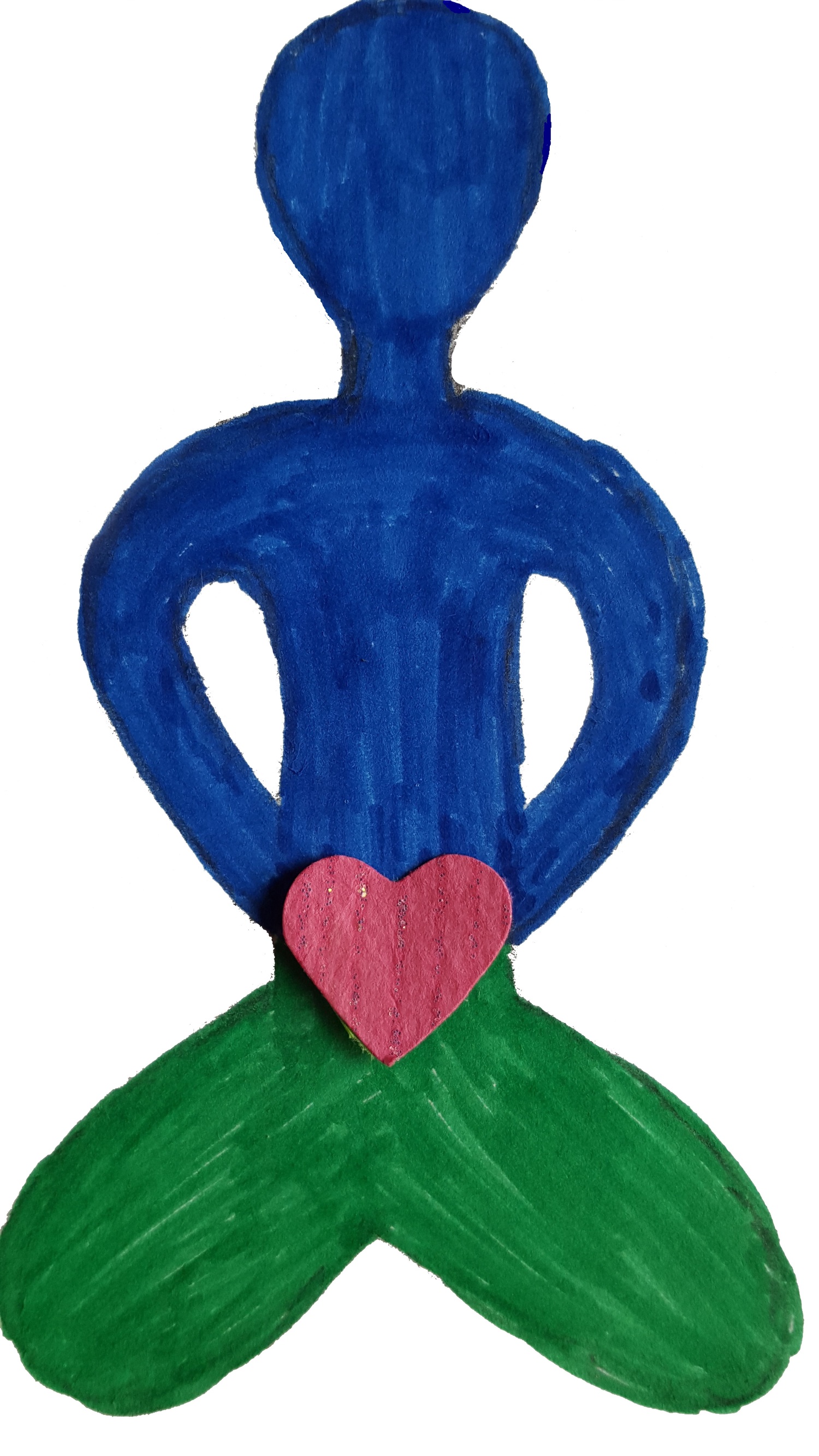Second to “yoga pants” most Google searches on yoga are about finding a class. Perhaps you're considering checking one out, than this guide is here to help!
Yoga is largely self-regulated in the U.S. so someone can teach a class without being certified. That being said, Yoga Alliance is a largest certifying body in the west and they provide a directory of teachers that you can search for by location. Teachers are further broken down by their qualifications:
RYT 200– means the instructor as 200 hours of learning, the minimum for teaching
RYT 500– means an instructor has undergone 500 hours of training
E- found in front of a RYT, this designates that instructor taught at least 1000 hours
Training programs can span years or a week, be online or in-person, and even look like a holiday retreat. Teaching experience can be even more varied! So don't be afraid to ask an instructor about their background or what they might offer you as their student. If that sounds like too much, Yoga Alliance also offers studio searches by area, where you can read reviews from other students. Once you find a studio, you'll still have to choose a class. Some studios offer a wide variety and some stay within a type.
Deciphering
Whether you're reading a class description or a teacher bio, you'll come across weird word use. Top code words include:
Alignment- Expect anatomical direction towards form beyond what can be taken from trying to replicate from looking at someone. An instructor in such a class should be able to address a wide variety of ability safely.
Flow- Like the river taking a path, movement is fluid and continuous. Space between poses are thoughtful transitions, rather than coming out of an individual pose before the next. Many other terms combine with “flow” to give a more complete depiction.
Power- Get ready to sweat. In such a class, expect strength-building to be a focus, likely offering many standing poses and emphasizing muscle toning. The room many be heated or not.
Restorative- Ease and rest. In such a class, you are likely to hold only a few poses, each for a long period of time (about 20 minutes). Props are often used in such a class. The idea is psychosomatic healing.
Vinyasa- and breathe. If you are looking to increase your lung capacity, this is a keyword you'll want to look for. Anticipate moving through poses continuously. A well-balanced vinyasa class will offer breath technique, postures, and movement . There will likely be a pace, though that can be slow or fast. With more rapid movement and a focus on breath, there's often less guidance on the biology. For that reason, it is more important to pay attention to the class level, so speed and difficulty of poses are a good match.
